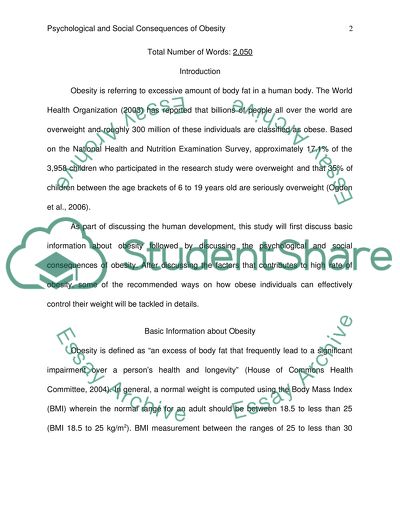Cite this document
(Psychological and Social Consequences of Obesity Term Paper, n.d.)
Psychological and Social Consequences of Obesity Term Paper. Retrieved from https://studentshare.org/health-sciences-medicine/1573313-human-development-psychological-and-socialconsequences-of-obesity
Psychological and Social Consequences of Obesity Term Paper. Retrieved from https://studentshare.org/health-sciences-medicine/1573313-human-development-psychological-and-socialconsequences-of-obesity
(Psychological and Social Consequences of Obesity Term Paper)
Psychological and Social Consequences of Obesity Term Paper. https://studentshare.org/health-sciences-medicine/1573313-human-development-psychological-and-socialconsequences-of-obesity.
Psychological and Social Consequences of Obesity Term Paper. https://studentshare.org/health-sciences-medicine/1573313-human-development-psychological-and-socialconsequences-of-obesity.
“Psychological and Social Consequences of Obesity Term Paper”. https://studentshare.org/health-sciences-medicine/1573313-human-development-psychological-and-socialconsequences-of-obesity.


